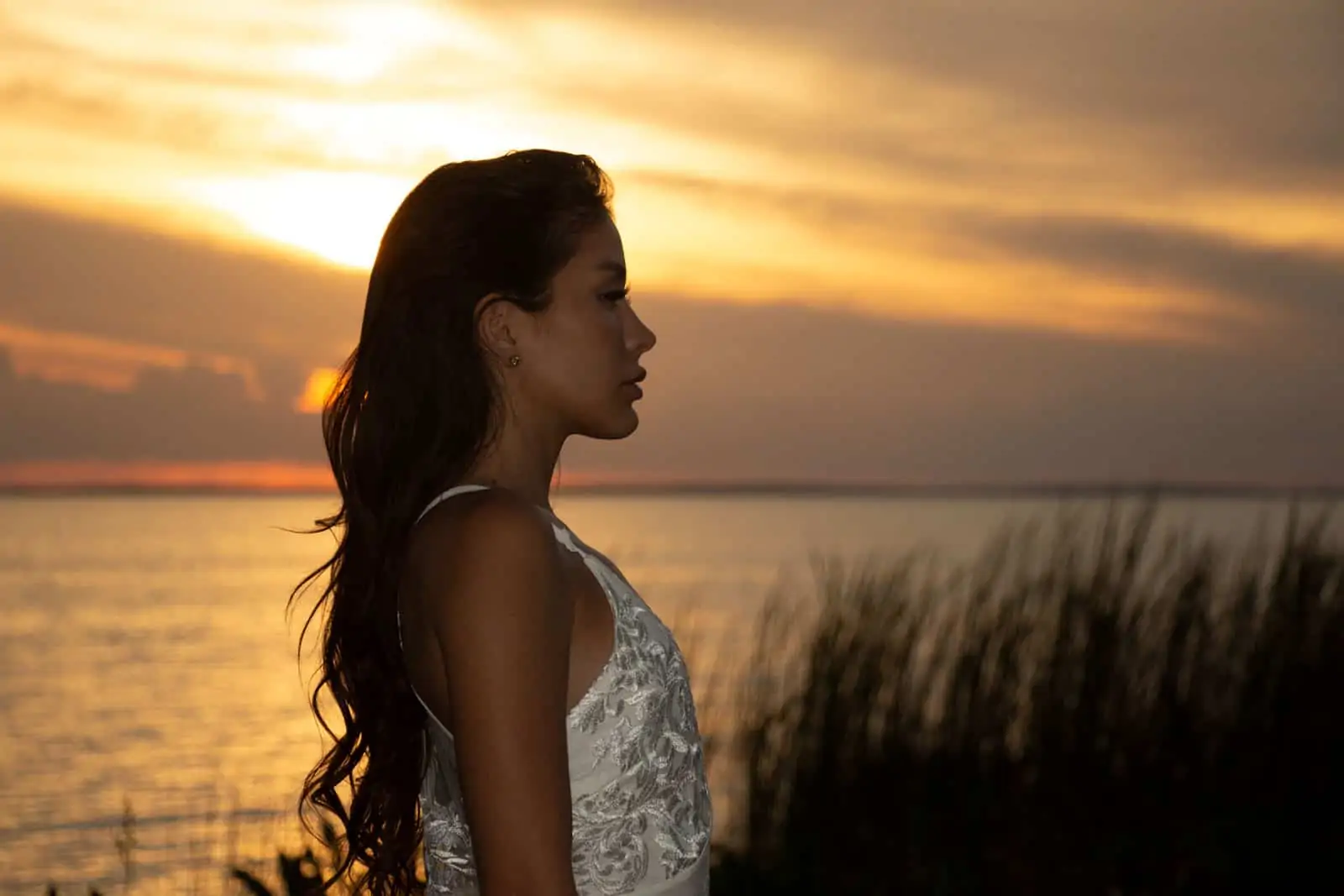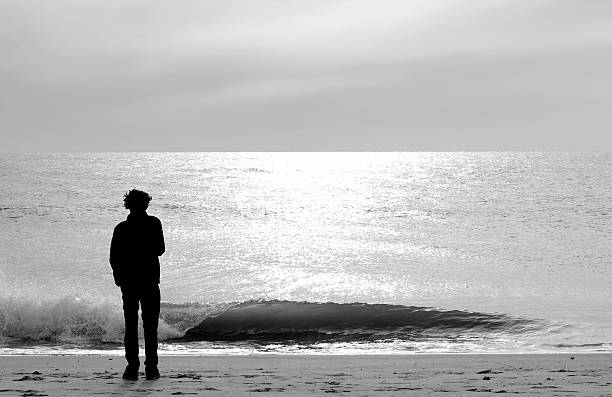There is a conversation happening inside your mind right now.
You may not always hear it, but it’s there—a quiet war of whispers beneath your thoughts, your choices, your emotions. One voice is cautious, cold, calculating. It speaks in warnings, in hesitations, in worst-case scenarios. It pulls you back from the edge, urges you to stay safe, stay small, stay familiar.
That voice is fear.
The other voice is warmer, lighter, often softer. It speaks in questions, in wonder, in what-ifs. It nudges you forward, beckons you to peek around the corner, taste something new, try something different—even if it scares you.
That voice is curiosity.
Every moment of every day, your mind balances between these two competing forces. They shape how you learn, how you connect, how you grow—or how you don’t. This is not just a metaphor. It’s psychology. It’s neuroscience. It’s survival. And it’s also the very essence of being human.
Because the story of your life—the real story—is written in the moments when fear says “No,” and curiosity whispers, “Maybe.”
This is the story of that struggle.
Fear: The Oldest Teacher
Fear is ancient.
It’s the first emotional response evolution gave us, long before love or joy or ambition. Before we spoke, before we walked upright, we feared. And thank goodness. Without fear, our ancestors would have wandered too close to the saber-toothed cat, eaten the wrong berries, trusted the wrong stranger.
Fear kept us alive.
But here’s the paradox: the same fear that once saved our species now often suffocates our growth.
Modern fear doesn’t just guard us from physical danger. It guards us from emotional risk, social discomfort, intellectual challenge, even happiness. We fear failure. We fear success. We fear rejection, and we fear loneliness—but also the intimacy that would solve it.
We fear the unknown most of all. The blank space beyond what we understand. The gap between who we are and who we might become.
And so fear builds walls. It gives us excuses. It wears many masks: procrastination, perfectionism, cynicism, even humor. It hides behind statements like:
- “I’m just not ready.”
- “That’s not practical.”
- “I don’t want to look stupid.”
- “What if it doesn’t work?”
- “What if I lose everything?”
These are not always lies. But they are rarely the whole truth.
Because fear’s job is not to be accurate. Fear’s job is to be convincing.
Curiosity: The Spark of Evolution
Now meet curiosity.
Curiosity is the child within you that never died. The part of you that once crawled toward the shiny object, asked too many questions, wondered why the sky was blue, stared at ants for an hour, poked the weird thing even after being told not to.
It is not reckless. It is not naive. It is brave.
Curiosity doesn’t need certainty. It just needs possibility.
Curiosity is what led early humans to leave the safety of their caves. It’s what sent ships across oceans, eyes into telescopes, minds into books. It’s what makes a baby reach out for a new face. It’s what makes a grown person say, “Tell me more.”
Curiosity is the birthplace of every scientific discovery, every act of empathy, every work of art, every deep conversation that ever changed someone’s heart.
And it too is rooted in evolution.
Because while fear kept us alive, curiosity moved us forward.
And today, in a world no longer ruled by predators and primitive danger, it is curiosity—not fear—that holds the key to a fulfilling life.
The Brain at War With Itself
Neurologically, fear and curiosity are processed in different regions of the brain. Fear lights up the amygdala—a small, almond-shaped structure that responds to threats with speed and intensity. It’s the body’s alarm bell. Instant. Automatic. Powerful.
Curiosity, on the other hand, involves the hippocampus (memory), the prefrontal cortex (decision-making), and the dopamine system (reward). It is slower. More deliberate. It takes a moment to rise—but when it does, it can override fear.
And therein lies the struggle.
Fear screams. Curiosity whispers.
Fear is urgent. Curiosity is patient.
Fear shuts things down. Curiosity opens them up.
That’s why, when you’re faced with something new—a conversation, a creative idea, a bold decision—you often feel frozen. Torn. Like standing between two doors: one marked “SAFE,” the other “ALIVE.”
One is familiar. One is unknown.
The mind hesitates. Your body reacts. And in that space, choice is born.
Why Fear Usually Wins First
When the unknown shows up at your doorstep, your brain doesn’t default to “What might I learn here?” It defaults to “What could go wrong?”
And biologically, this makes sense. Our survival was never guaranteed. The world has always been unpredictable. Fear developed to give us an edge.
But modern life has changed. The threats we face now are rarely life-or-death. They’re existential, emotional, psychological. And yet, our fear system reacts the same way—flooding our bodies with cortisol, shutting down creativity, clouding logic, narrowing focus.
It’s called amygdala hijack—a term coined by Daniel Goleman. When fear takes over, your rational brain goes offline. You stop thinking. You start reacting.
This is why you walk out of job interviews feeling like you forgot your own name. Why you avoid difficult conversations. Why you delay chasing your dreams until you feel “ready.”
Fear isn’t just a feeling. It’s a full-body state.
But you don’t have to stay there.
Curiosity as the Antidote
The good news? Curiosity can be trained.
It is a skill, not a trait. A muscle, not a gift. And like all muscles, it grows through use.
When you feel afraid, you can learn to pause—and ask questions:
- What am I actually afraid of?
- Where is this fear coming from?
- What else could be true here?
- What might I learn if I lean in instead of run away?
These questions don’t make fear vanish. But they loosen its grip.
Because curiosity doesn’t need you to be fearless.
It just needs you to stay open.
In fact, some of the most curious people are also the most afraid. They just don’t let that stop them. They’ve learned that fear is information—not instruction.
When Curiosity Goes Silent
But sometimes curiosity goes quiet.
Trauma. Shame. Chronic stress. Cultural conditioning. All of these can mute curiosity over time. If you grew up in a home where questions were punished, or failure mocked, or exploration shamed, you might have learned that curiosity is dangerous.
You might have internalized fear so deeply that you no longer recognize it as fear. It feels like “just being realistic.” Like not getting your hopes up. Like staying in your lane.
But beneath that realism, curiosity is still there. Dormant. Waiting.
Sometimes it shows up in small ways—an impulse to Google something late at night, a lingering glance at a travel ad, a pang of envy when someone else takes a leap.
That’s not weakness. That’s longing.
And longing is the shadow of curiosity.
Fear and Curiosity in Relationships
This internal struggle doesn’t just shape your decisions. It shapes how you love.
Fear in relationships looks like avoidance, jealousy, control, people-pleasing, or shutdown. It fears vulnerability, because vulnerability means risk. Exposure. Uncertainty.
Curiosity in relationships looks like listening. Noticing. Asking questions instead of making assumptions. Wondering, “Why did they say that?” instead of reacting to how they said it.
Curiosity says, “Help me understand you.”
Fear says, “Protect yourself from them.”
The most enduring relationships—romantic, platonic, or professional—are not the ones without conflict. They’re the ones where curiosity outlasts fear.
Where partners, friends, or coworkers stay open, even when hurt. Even when confused. Even when afraid.
Because curiosity creates connection.
And fear, when unchecked, always builds walls.
The Culture of Fear We Live In
Fear doesn’t just live in individuals. It lives in systems.
Governments exploit it. Media amplifies it. Markets depend on it. Entire industries profit off your fear—of aging, of scarcity, of inadequacy.
Curiosity, on the other hand, threatens the status quo. It asks, “Why are things this way?” and “Could they be different?”
This is why curiosity is often discouraged in rigid institutions—whether religious, educational, or political. Fear maintains control. Curiosity invites revolution.
But every major leap forward in society began not with certainty—but with a question.
What if women could vote?
What if disease isn’t divine punishment?
What if love doesn’t have to fit inside a box?
What if we’re wrong?
History belongs to the curious.
And the future depends on them.
The Choice Point: Every Day, Every Moment
You make hundreds of decisions every day—most of them unconsciously. And every one is shaped by the quiet tug-of-war between fear and curiosity.
Should I speak up in this meeting?
Should I apply for that job?
Should I tell them how I really feel?
Should I go to therapy?
Should I start over?
Fear will always offer a reason not to.
Curiosity will always offer a reason to try.
You don’t need to eliminate fear to move forward. You just need to notice it—and choose anyway.
Because when you choose curiosity, over and over, something magical happens.
Your world gets bigger.
Practical Ways to Cultivate Curiosity Over Fear
- Name your fears out loud. They lose power when exposed to light.
- Journal your curiosities. What fascinates you? What do you want to understand better?
- Ask more open-ended questions in daily life. Instead of reacting, inquire.
- Surround yourself with curious people. Their energy is contagious.
- Limit media that thrives on fear. Curate your mental environment.
- Practice mindful exposure. Gently move toward what scares you, at your own pace.
- Celebrate mistakes as data. Curiosity sees failure as feedback, not verdict.
- Return to wonder. Children, nature, art, science—anything that reminds you how little you know, and how thrilling that is.
The Final Truth: You Need Both
This isn’t a battle you need to win.
Fear has a place. It protects you. It warns you. Sometimes, it’s right.
But curiosity deserves a place too.
The goal is not to silence fear, but to give curiosity a seat at the table. To build a mind—and a life—where both can speak, and neither dominates.
Because your best self is not fearless.
Your best self is curious despite fear.
That’s where growth lives. That’s where wisdom begins. That’s where life gets interesting.
And you?
You were made for interesting.






